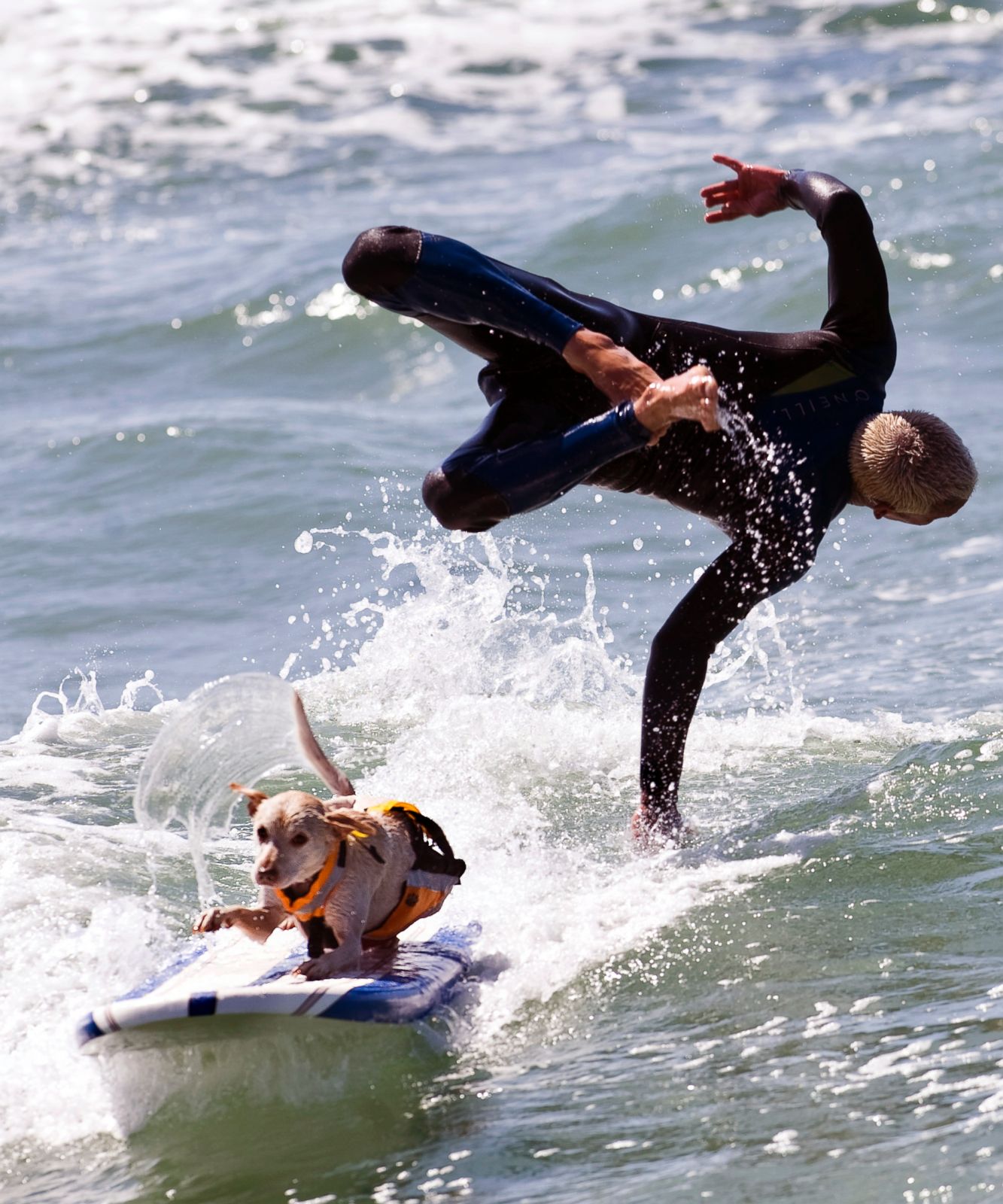Duck diving is actually a surfing technique employed by many surfers to hit heavy whitewater or even a breaking tide using relative ease. To get it right, it takes practice and timing. Here are the steps to learn about how to duck dive a surfboard.
Paddle hard while the tide is approaching.
As you’re pushing with your arms, then you’re going to push with one knee. Watch a seasoned surfer from beach and you will see that whilst the knee is shoving down the tail, another leg is wrapped up in the atmosphere, giving more momentum into the knee that is pushing down the tail.
By now you should be fully submerged and the tide will likely be passing overhead. As the tide is passing, keep shoving back on the surfboard, but attempt to keep yourself horizontal to the board.
The back push in the knee that pushed the tail down, will now cause the nose to lift. Pull now together with your hands and you should pop at the rear of the tide.
As you can observe, there aren’t many steps required with learning to duck dive a surfboard. However, it is a skill that takes a great deal of practice to get the timing correct. If you begin your duck dip too early then you will submerge and pop up until the wave has completely handed. If you initiate the duck dip too late, then the wave will hit until you’re submerged. In addition, it requires a lot of practice to get the procedure just perfect. Pushing the nose down is usually not too hard, it is with all the knee to push the tail which provides most anglers learning to duck dive the problem. Just keep at it, clinic the duck dive on smaller days, also use the eskimo roll (also referred to as turning turtle) on multiple times and soon you are more convinced with snowball diving.
It has to be noticed that even duck diving is really a move that’s completed most useful with shortboards. Duck diving can be done on a funboard (mini mal) or perhaps a long board but it requires far more force to find the nose underwater. When I browse with a longboard, I opt to show turtle. I can not get enough downward force onto the surfboard to submerge the plank adequately beneath the water. I end up losing a lot of earth as the white-water pushes me back towards coast. learn to surf find for me personally, it is more efficient to turn turtle and then continue once the tide has passed.